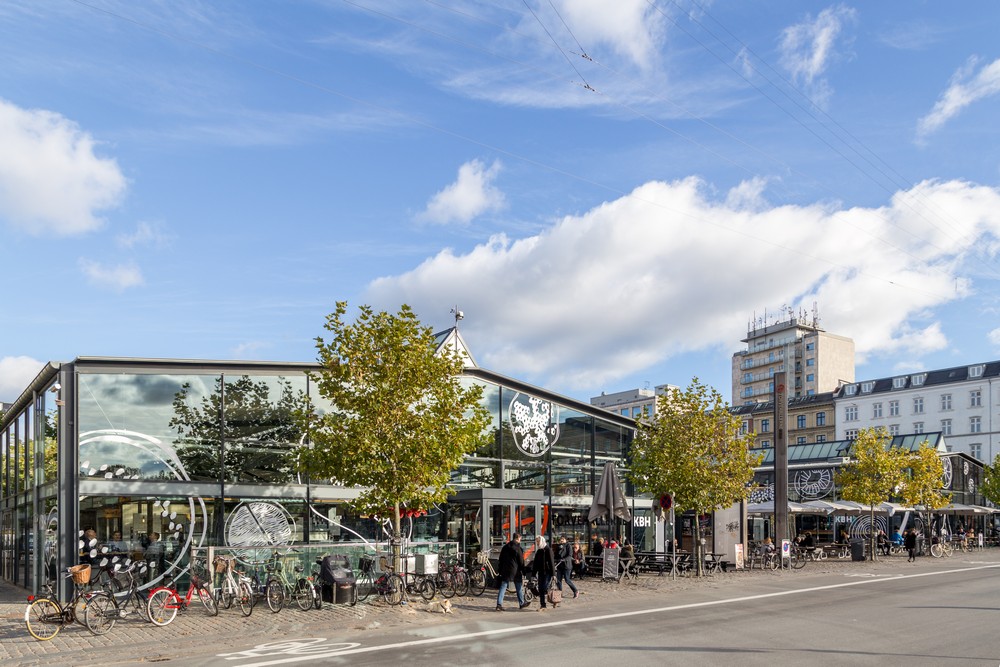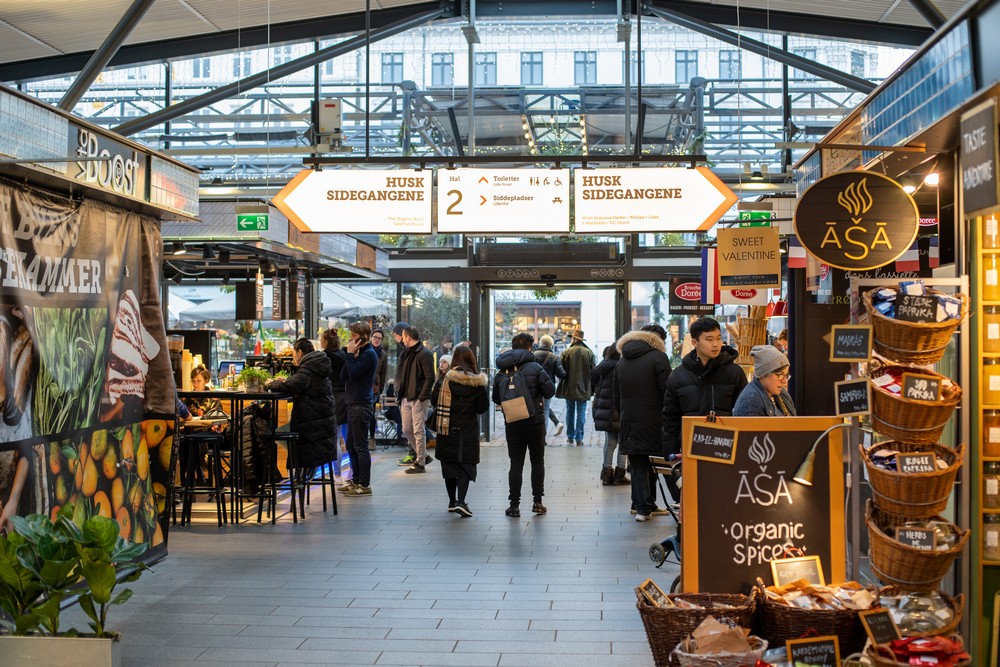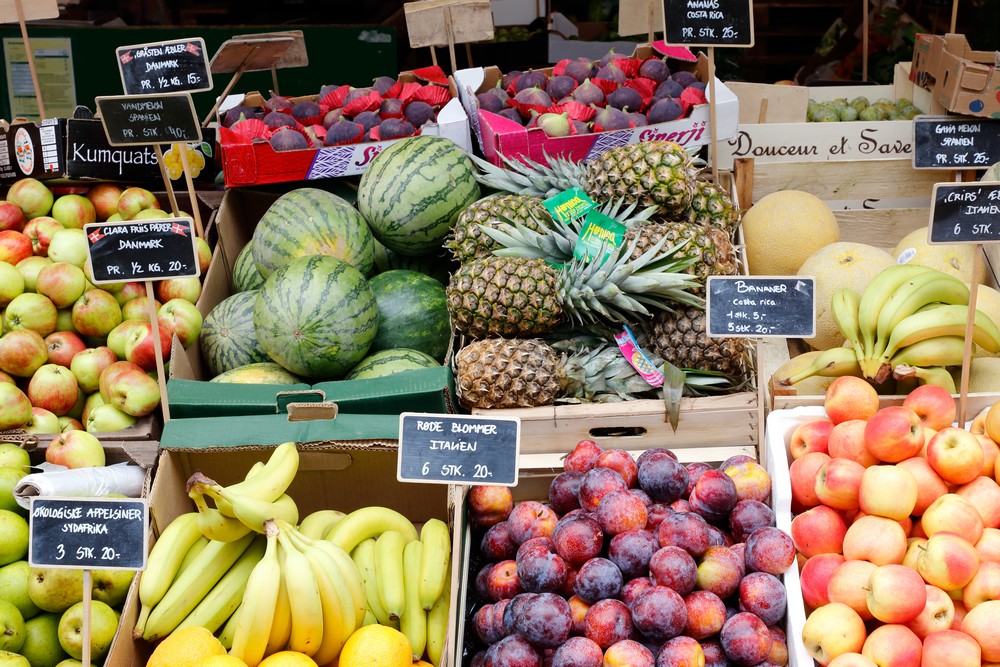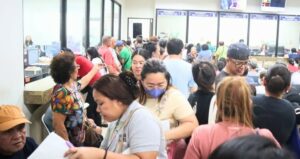Torvehallerne: The Rebirth of Copenhagen’s Public Market

Torvehallerne’s world-famous glass market in Copenhagen, Denmark.
With its large glass windows, bright colors and lively atmosphere, it’s hard to tell that the well-lit and modern Torvehallerne is a public market. Situated in bustling and colorful Copenhagen, this elegant structure is the city’s famous glass market known for its fresh array of fruits, vegetables, fish, meat, and cheese. The upscale market also offers items like chocolates, wine, liquor, and even cookbooks.
Its cozy interior and diverse list of merchants have also turned Torvehallerne into a popular dining destination. The place is frequented by tourists eager to try Copenhagen cuisine and local foodies who want to hang out with peers over good food. Torvehallerne offers a variety of gastronomic treats like Danish pastries, tacos, ice cream, sushi, and pizza.
From a traditional fruit and vegetable market to a car park
The Torvehallerne we know today, however, is not the same as the original market known by the people of Copenhagen more than a century ago. Back then, Torvehallerne’s large market halls were a simple fruit and vegetable market known as Grønttorvet. From 1889 onwards, Grønttorvet market served the needs of the fast-growing population of Copenhagen. Years passed, and the market was relocated to Valby and became a new wholesale market. In the 1960s, the bustling market of Copenhagen turned into a lifeless car park.

In 1997, architect Hans Peter Hagens proposed to the municipal government his idea of constructing covered food halls on the site of the original market. He began to work on the project and tried to find investors for it, but his efforts to find financing failed.
Rebirth of a marketplace
After long years of having no permanent marketplace, the people of Copenhagen came together to express their desire to have a new and modern marketplace that would offer fresh food and their favorite delicacies. In 2011, Copenhagen’s marketplace was reborn into Torvehallerne, a modern covered food market. Architect Hagen’s design for the covered food market was used. Despite its modern theme, the redeveloped market retained its old-world charm and identity by infusing local artwork and natural finish and preserving the original building arches.

A credible testimony
The success of the transformation of Copenhagen’s public market serves as an inspiration for many cities around the world that seek to transform their markets into sustainable ones. Torvehallerne’s story affirms that the redevelopment of public markets contributes to a city’s economic dynamism.
In Iloilo City, the local government invests in the rehabilitation of the city’s public markets in line with its vision to become the most livable city in the Philippines. With property developer SM Prime as its partner, Iloilo City is working to transform its public markets with modern facilities and sustainability features.
To further protect the environment while keeping in mind the convenience of the people, these redeveloped public markets will make use of energy and water-efficient solutions, renewable sources, solar power panels, water catchment systems, and solid waste management.
The city government’s thrust to modernize its public markets will soon help improve the city’s economy while elevating the overall experience of consumers, vendors, and tourists in Iloilo.









